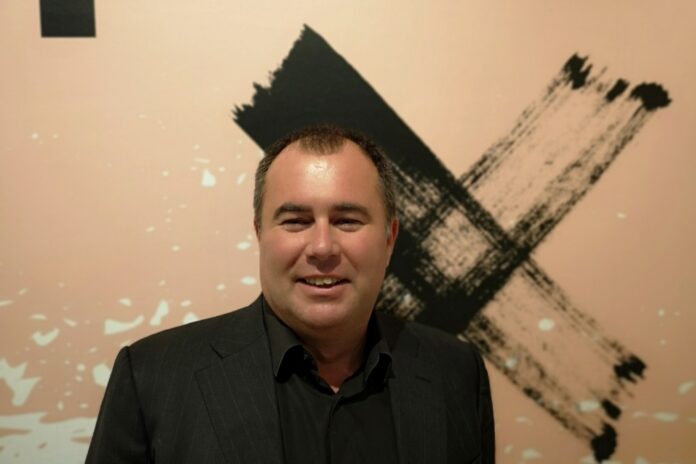Pascal Koster has been CTIO of Hyperoptic, an alternative fibre network provider in the UK, since November 2018.
Hyperoptic was founded in 2011 to disrupt the British broadband market and describes itself as “the country’s largest and fastest-growing gigabit network provider”.
What is the biggest issue on your mind now?
The biggest issue we face is the shift from an infrastructure powered by big classical switches to software-defined networking. The roles and skillsets of the people who work in the industry have fundamentally changed; you need a progressive skillset, aligned across IT and telecoms.
Who most influenced your career?
I have worked for and with some phenomenal people within telecoms. Magnus Mandersson at the Tele2 Group – the entrepreneurship he brought to and applied to telecoms. Experimentation and creativity from working with Jean-Claude Bintz at Orange Luxembourg, which I still apply to my working methods.
What is the most important lesson you have learned professionally?
You need to keep moving forwards. I call it “discuss, decide, do.” The worst decision is no decision. Failure is part of success: keep learning and progressing.
How important is 5G roll-out to your business model?
Having worked across both fixed and mobile industries I can confirm fixed and mobile technologies are, and will remain, complementary. There wouldn’t be 5G without a fibre network: it’s an access technology, so the better the fixed network, the better 5G can perform. They have evolved in parallel – first ADSL with 3G, then VDSL and 4G, and now full fibre and 5G.
The new generation core networks, which are very similar for mobile and fixed, are the brain processing the data and enabling services. Fibre networks (and high-performance Wi-Fi in the case of fixed broadband operations) are the arteries, while mobile operators are the nerves collecting information.
What is your greatest professional achievement?
I am passionate about staying up to date with new high-tech and experimenting with new innovations. I was part of the team that built out the first 3G network and I have spent my career building and rebuilding networks across Europe. I like to think that my greatest achievement lies ahead.
Hyperoptic is leading a shift to full fibre that will revolutionise how people can and will access the internet. We are just at the start of our journey, and one of the first networks to use the cloud as the foundation of the telco stack, plus we are pioneering new technologies in automation.
How has the pandemic changed your company’s perspective and roadmap?
Our developers and developers at our system partners have not been impacted, because they have always worked across different locations. Also, our core network elements are virtualised, and we use advanced cloud and security technologies, so it’s just business as usual from that side. I miss the socialising but it’s a small price to pay to keep people safe.
How do you see Hyperoptic’s pioneering role continuing?
Altnets have played an extremely important role in pioneering the shift to full fibre across the whole of Europe. The pluralism is driving innovation. The altnets took the opportunity to address a market inflection created by new demands from consumers and proved the business model.
You don’t want monopolistic infrastructure – competition is important to drive the market. Altnets have demonstrated a new level of innovation, which will drive their country’s GDP as incumbents follow suit. Alnets must fully leverage their ‘first-mover’ advantage, which is exactly what we are doing at Hyperoptic, by ensuring we have the best technologies in place that enable us to expedite roll-out.
When will we have ubiquitous fibre in the UK and what are the obstacles?
I don’t think it’s economically viable to have 100% fibre everywhere. It isn’t even feasible in small countries. The UK is shifting across to fibre in exactly the right way, starting in high-density areas and multiple-dwelling-units, then gradually moving to towns and so on. Different solutions will work for different topologies of neighbourhoods and different buildings.
What single recommendation would you make to your peer group of CT(I)Os?
We are living in an era where technology has never moved more quickly, so stay open-minded, keep a watchful eye on how technologies evolve and embrace what’s coming – especially machine learning and cognitive learning.
What do you do when you’re not working?
I genuinely enjoy working, so there’s never a time when I switch off – I am always thinking about the future and new innovations. I tinker in all walks of life, whether it’s a network, my car or my garden. I enjoy relaxing with a glass of wine, but those moments are few since my son was born!



